The world of competitive fencing has undergone a technological revolution with the advent of electric scoring systems. At the heart of this transformation lies the critical component known as the electric scoring machine, or more commonly, the fencing box. Its sensitivity determines not just the accuracy of scoring but often the very outcome of tightly contested bouts. As the sport evolves, so too does the debate around optimal sensitivity settings – a discussion that blends physics, engineering, and the fundamental philosophy of what constitutes a valid touch in this centuries-old combat sport.
Modern electric scoring systems detect touches through a closed circuit completed when the weapon's tip depresses with sufficient force or when the blade makes proper contact in saber. The threshold for registering these touches creates what we call the machine's sensitivity. Set it too high, and legitimate touches might be ignored; set it too low, and phantom touches may register from blade flex or incidental contact. International fencing's governing body, the FIE, specifies that foil tips must register at 500 grams of pressure (± 25g) for at least 14 milliseconds, while épée requires 750g. These specifications attempt to standardize what constitutes a proper touch across all competitions worldwide.
The calibration process itself has become something of an art form among technicians. At major tournaments, you'll see officials meticulously testing each weapon against certified weights before competition begins. They're not just checking whether the tip registers, but how consistently it registers across multiple depressions. A quality scoring machine must distinguish between the sharp, deliberate action of a scoring touch and the various vibrations and incidental contacts that occur during normal blade play. This becomes particularly challenging in fast-paced weapons like foil and saber, where the machine must process multiple potential touches within fractions of a second.
Recent technological advancements have introduced new complexities to the sensitivity discussion. Wireless systems now eliminate the body cord as a potential failure point, but introduce their own sensitivity considerations regarding signal strength and interference. Some systems employ advanced algorithms to analyze the shape of the pressure curve when a tip depresses, theoretically allowing for more nuanced discrimination between valid and invalid touches. These systems claim to reduce the incidence of "whip-over" touches in foil – those controversial points scored with the foible of the blade that many traditionalists argue shouldn't count.
The human element remains crucial despite all this technology. Experienced referees often develop an instinct for when the machine might be misleading them. In épée, where the entire body is target and there's no right-of-way, referees still watch for touches that land but fail to register due to insufficient pressure. Conversely, they may disregard lights that appear without corresponding blade action. This delicate dance between human judgment and machine precision forms the essence of modern fencing officiation.
Looking ahead, the fencing community continues debating whether current sensitivity standards best serve the sport. Some argue for increased sensitivity to reward faster, lighter touches that demonstrate technical precision. Others advocate for maintaining or even increasing pressure requirements to preserve fencing's traditional emphasis on clean, decisive actions. As blade materials become lighter and fencers' techniques evolve in response to the equipment, this conversation will likely intensify in coming years.
What remains undisputed is that the electric scoring machine's sensitivity sits at the crossroads of fencing's past and future. It must honor the sport's historical traditions while embracing technological progress. As fencers push the boundaries of speed and technique, the machines that judge them must evolve in parallel – sensitive enough to recognize brilliance, but not so sensitive as to betray the sport's fundamental nature. In this balance lies the ongoing challenge for engineers, officials, and athletes alike.
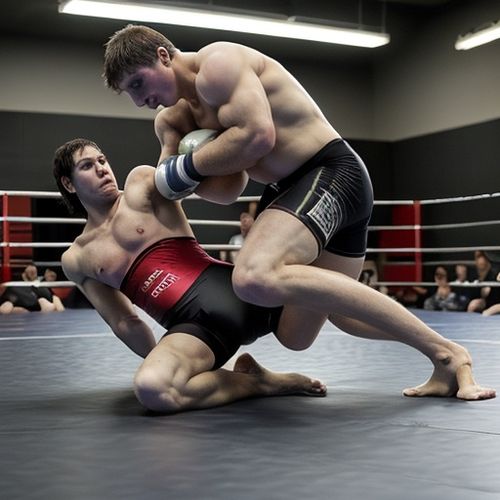
By James Moore/May 9, 2025
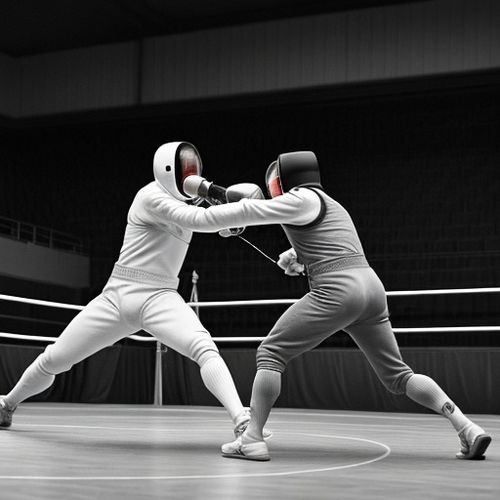
By Christopher Harris/May 9, 2025
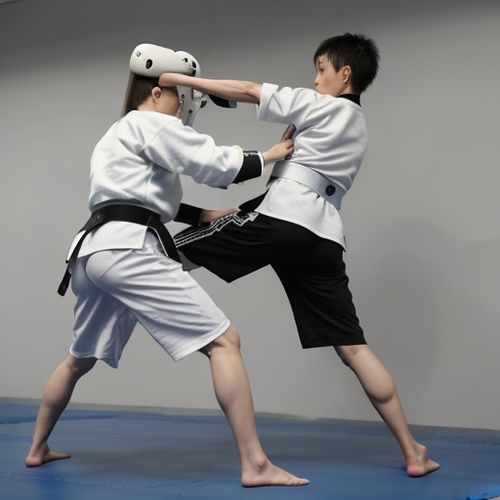
By Elizabeth Taylor/May 9, 2025
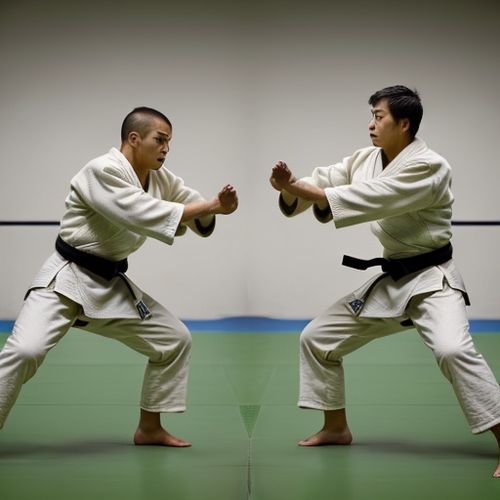
By Amanda Phillips/May 9, 2025

By Daniel Scott/May 9, 2025

By Laura Wilson/May 9, 2025
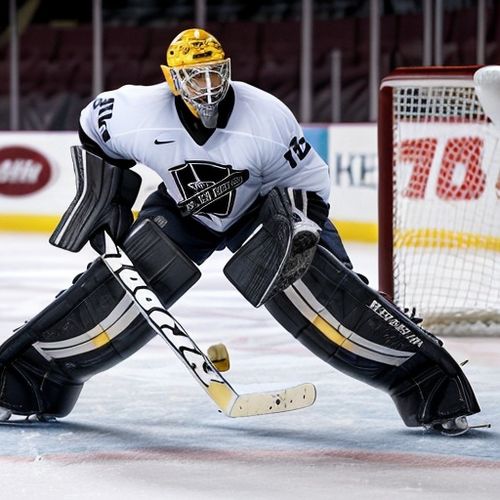
By Christopher Harris/May 9, 2025

By William Miller/May 9, 2025
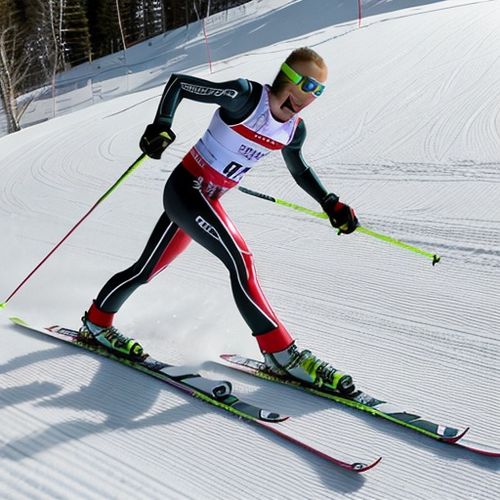
By Jessica Lee/May 9, 2025
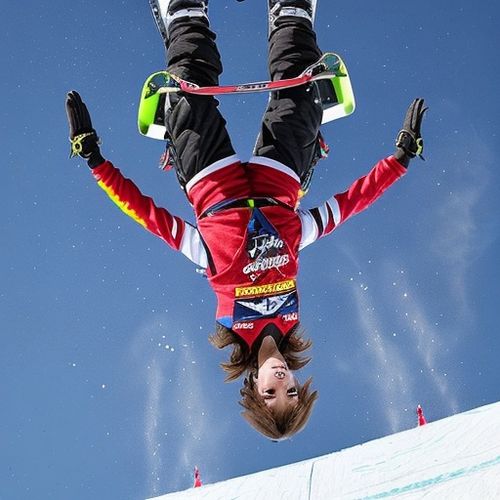
By Noah Bell/May 9, 2025
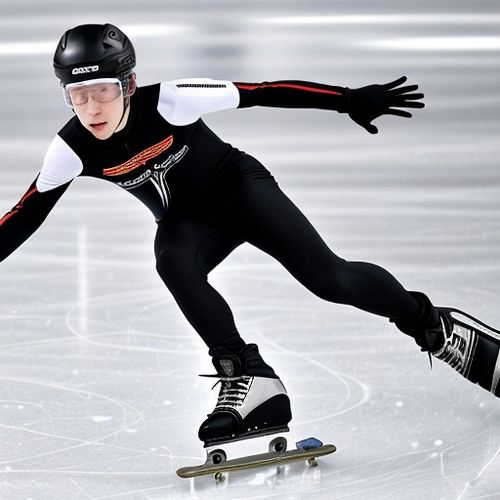
By Amanda Phillips/May 9, 2025
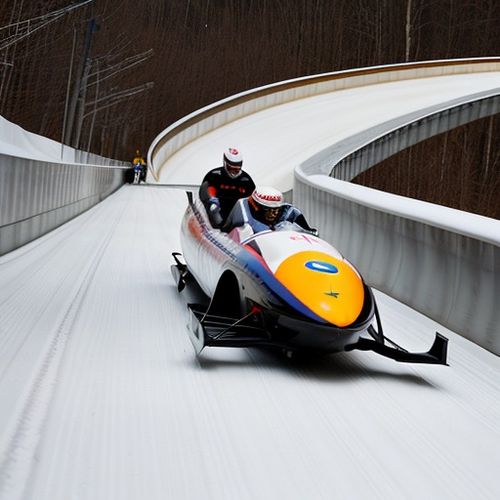
By Samuel Cooper/May 9, 2025
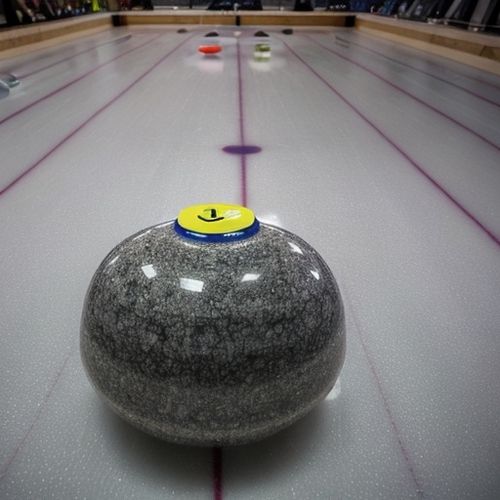
By William Miller/May 9, 2025
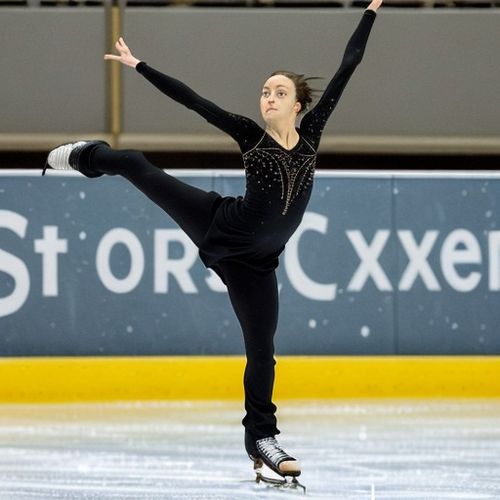
By Olivia Reed/May 9, 2025

By Natalie Campbell/May 9, 2025

By Sophia Lewis/May 9, 2025

By Sarah Davis/May 9, 2025

By Grace Cox/May 9, 2025
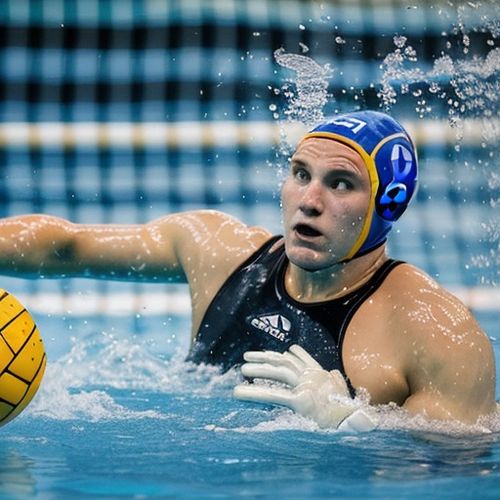
By John Smith/May 9, 2025

By Noah Bell/May 9, 2025